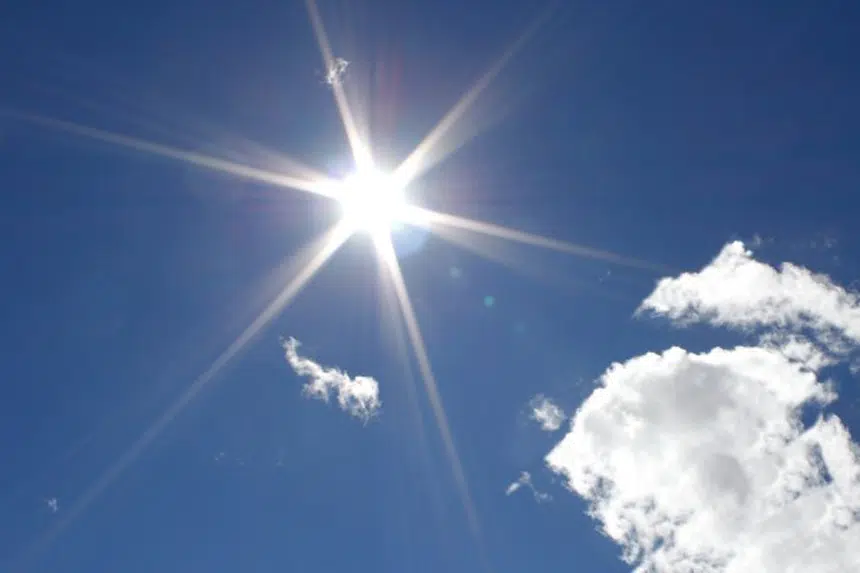Summer has only one week left, and Saskatoon is expected to have near-record-breaking heat on Monday.
The forecast high for the day is 30 C.
The record for Sept. 16 is 33.5 C, which was set four decades ago in 1979.
The last time the temperature in the city reached at least 30 C in September was in 2017.
Environment Canada predicts the temperature will remain above or near seasonal for the remainder of the week.
Average fall, cold winter ahead, The Weather Network predicts
Canadians can expect average temperatures this fall that will give way to a cold winter in central and eastern parts of the country, according to The Weather Network.
The network is predicting Western Canada, including B.C., Alberta, Yukon and the Northwest Territories, along with parts of Atlantic Canada will have slightly warmer-than-normal temperatures for fall because of warmer oceans and wetter conditions along coastal areas.
“We don’t think this fall has really wild departures from normal in store,” said The Weather Network’s chief meteorologist Chris Scott.
He added that precipitation will also be right around the average in most parts of Canada.
“It’s not going to rain all the time, it just means that when it rains, it really, truly will pour,” he said.
Near-normal fall temperatures are expected in the Prairies, Ontario and Quebec.
“When you look at the centre of the country, for the most part, we think this fall is going to be pretty much bang on normal for temperatures, maybe shading a bit cooler than normal towards the Hudson’s Bay lowlands, in northern Ontario, northern Manitoba and northwestern Quebec,” Scott said.
A milder winter is expected in British Columbia and the western parts of the Prairies, he said, but it trends colder to the east all the way to Atlantic Canada.
“The bottom line here is a fair amount of winter weather to go around. This looks like a pretty cold winter for much of the central and eastern parts of the country at this point given what we’re seeing in the oceans.”
The Prairies
Near-normal temperatures are expected for fall and a milder-than-normal winter in westernmost parts of the region and colder temperatures are likely to the east.
Scott said it’s hard to say exactly what will happen across the Prairies region because there have been so many wild weather fluctuations.
It’s been a tough year for farmers with wet conditions around Edmonton and the north and dry weather through parts of the south-western grain belt, he said.
“The trend into fall is for near normal precipitation so hopefully we can hold that and not having anything that’s too wet so that agricultural interests can get the harvest in this fall.”
— With files from the Canadian Press







